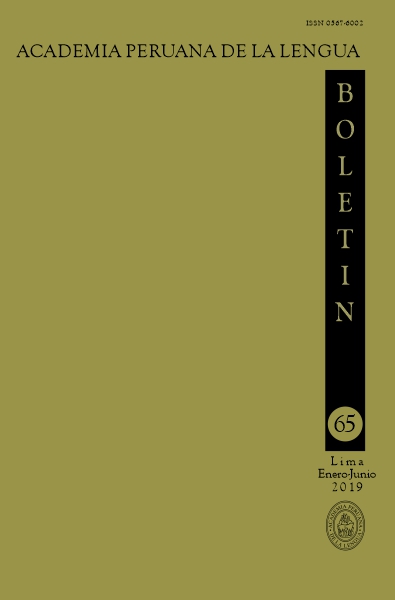The plural suffix in spanish: Frequency and cognition
Abstract
Studies on lexical frequency start from the so-called Zipf law (1949), according to which the most frequent words in languages tend to be the shortest in length (in terms of number of phonemes or syllables), which reveals an asymmetry as a prevalent property of language. Although such statistical regularity is usually analyzed from the records of verbal economy in articulatory gestures, the most recent perspective tries to elucidate the aspects related to lexical memory or cognition in general. In this context, we are interested in approaching the phenomenon of reversible frequency in plurals: while there is a general tendency for singular forms to be more frequent than plural forms, there is a small group of words in which plural forms exhibit greater frequency than the corresponding singular forms. Taking into account the overwhelming database known as the list of frequencies from the Corpus de Referencia del Español Actual (CREA) (Reference Corpus of Current Spanish), we have analyzed a sample of 40 words that flaunts the reversible frequency in a consistent manner. Our task is to try to formulate a plausible explanation in the promising framework of cognitive phonology in terms of a relationship between the phonological pole and the semantic pole, which is why we postulate a conceptual relationship between lexical access and word frequency.Downloads
Copyright (c) 2019 Raymundo Casas Navarro

This work is licensed under a Creative Commons Attribution 4.0 International License.
Authors retain their rights:
a. The authors retain their trademark and patent rights, as well as any process or procedure described in the article.
b.The authors retain the right to share, copy, distribute, perform and communicate publicly the article published in the Boletín de la Academia Peruana de la Lengua (for example, placing it in an institutional repository or publishing it in a book), with an acknowledgment of its initial publication in the Boletín de la Academia Peruana de la Lengua.
c. Authors retain the right to make a subsequent publication of their work, to use the article or any part of it (for example: a compilation of their work, notes for conferences, thesis, or for a book), as long as they indicate the source of publication (authors of the work, journal, volume, number and date).

.gif)






























